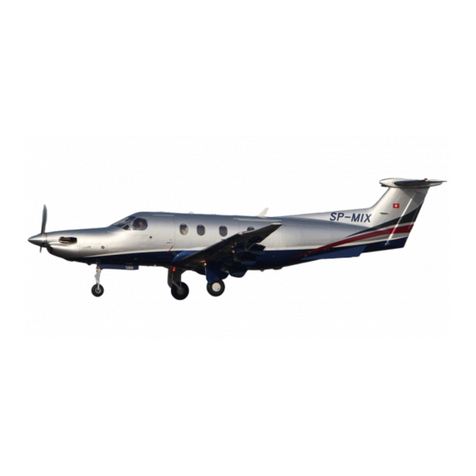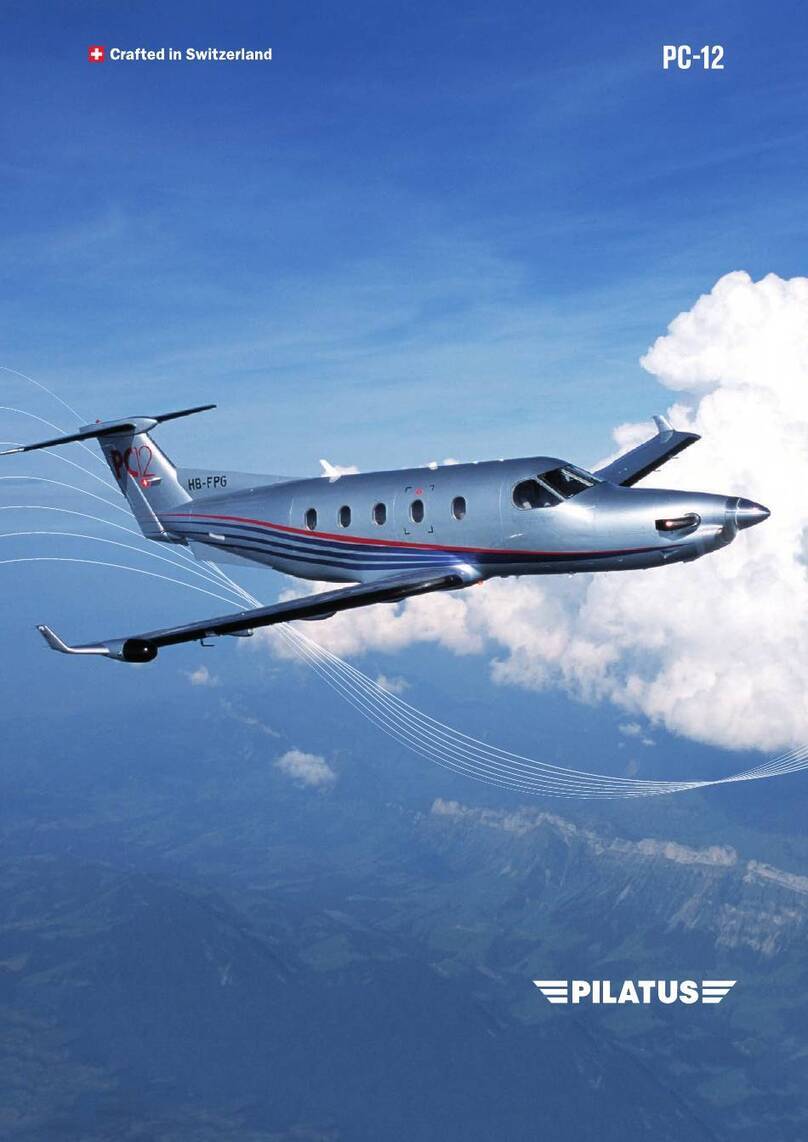
Component Maintenance Manual
EFFECTIVITY: ALL 21-00-22
Table of Contents
Page 5
JULY 21, 2011
TABLE OF CONTENTS
RECORD OF REVISIONS...................................................................................................................................1
RECORD OF TEMPORARY REVISIONS...........................................................................................................2
LIST OF SERVICE BULLETINS .........................................................................................................................3
LIST OF EFFECTIVE PAGES.............................................................................................................................4
TABLE OF CONTENTS ......................................................................................................................................5
LIST OF ILLUSTRATIONS .................................................................................................................................7
LIST OF TABLES................................................................................................................................................7
INTRODUCTION..................................................................................................................................................8
1.0 MANUAL INTRODUCTION....................................................................................................................8
1.1 General introduction (How to Use): ....................................................................................................8
1.2 Acronyms, Abbreviations, and Symbols:...........................................................................................9
1.3 Standard Torque Values: ...................................................................................................................10
1.4 Documents Required:.........................................................................................................................10
1.5 Consumable Products:.......................................................................................................................10
DESCRIPTION AND OPERATION ...................................................................................................................11
2.0 R12 AIR CONDITIONING SYSTEM DESCRIPTION AND OPERATION............................................11
2.1 General:................................................................................................................................................11
2.2 System Description and Operation:..................................................................................................12
2.3 System Component Description and Operation:.............................................................................13
TESTING AND FAULT ISOLATION .............................................................................................................1001
3.0 R12 AIR CONDITIONING SYSTEM COMPONENT – TESTING AND FAULT ISOLATION..........1001
3.1 General:............................................................................................................................................1001
3.2 Compressor Condenser Module Testing Procedures ................................................................1001
3.3 Evaporator Module Testing Procedures.......................................................................................1001
3.4 System Leak Check Testing Procedure: ......................................................................................1002
3.5 Fault Isolation (Trouble Shooting): ...............................................................................................1004
SCHEMATIC AND WIRING DIAGRAMS......................................................................................................2001
4.0 R12 AIR CONDITIONING SYSTEM SCHEMATIC AND WIRING DIAGRAMS ..............................2001
4.1 R12 Refrigerant Flow Schematic:..................................................................................................2001
DISASSEMBLY .............................................................................................................................................3001
5.0 R12 AIR CONDITIONING SYSTEM COMPONENT - DISASSEMBLY...........................................3001
5.1 General:............................................................................................................................................3001
5.2 Compressor Condenser Module Disassembly Procedures .......................................................3002
5.3 Evaporator Module Disassembly Procedures .............................................................................3005
CLEANING ....................................................................................................................................................4001
6.0 R12 AIR CONDITIONING SYSTEM COMPONENT – CLEANING PROCEDURES.......................4001
6.1 General:............................................................................................................................................4001
6.2 Compressor Condenser Module Cleaning Procedures:.............................................................4002
6.3 Evaporator Module Cleaning Procedures: ...................................................................................4002
CHECK (INSPECTION SCHEDULE)............................................................................................................5001
7.0 R12 AIR CONDITIOING SYSTEM COMPONENT – INSPECTION SCHEDULE............................5001
7.1 Compressor Condenser Module Inspection Schedule:..............................................................5001
7.2 Evaporator Module Inspection Schedule: ....................................................................................5005





































